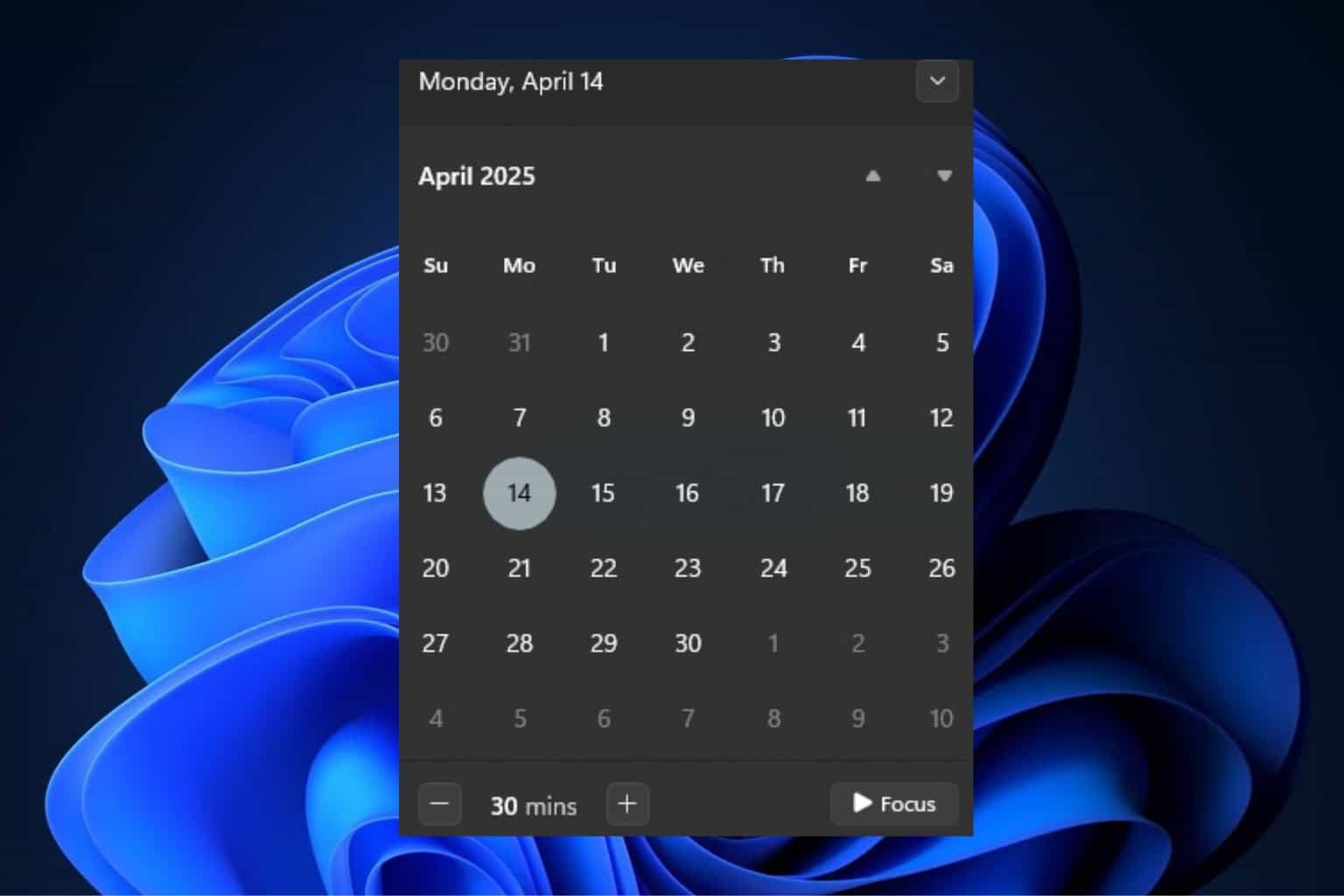Add Permanently Delete to Context Menu on Windows 10 & 11
Follow the steps below to add Permanently delete to context menu
4 min. read
Updated on
Read our disclosure page to find out how can you help Windows Report sustain the editorial team. Read more
Key notes
- The context menu consists of the options users can select from to perform some tasks.
- Deleted files don’t leave the system immediately, but they get overwritten as you add more stuff to your PC.
- You can add the Permanently delete option to the context menu via the Registry Editor.

The delete option in the Windows context menu only moves stuff to the recycling bin and clears off your system. Hence, the need to add the permanently delete option to the context menu will reduce the stress of clearing your recycling bin.
Also, you can use context menu tuner software to edit the options available.
Where do permanently deleted files go?
Windows context menu provides easy access to options that users can select to perform some actions on the content prompting it. For example, the delete option removes the selected client and moves it to the recycle bin.
However, the permanently deleted files on your PC are not cleared off completely; instead, it removes the file name entry. When you delete a file from the recycle bin, the previous location of the file will still contain the file data.
In short, the permanently delete file option will only change the file pointer without deleting the files entirely from their exact location. The only case where the Windows deleted files recovery will be unavailable is if you add more files to your computer. Newly added files on your computer overwrite the deleted file, making it unavailable for recovery.
How do I add the Permanently Delete option to the context menu?
Adding the permanently delete option to the Windows context menu can be done via the Registry editor. However, we recommend you go through the preliminary checks below before proceeding:
- Plug your PC into a stable power source.
- Create a backup to restore the Registry if you run into issues.
Afterward, follow the steps below to add permanently delete to the context menu:
1. Via the Registry Editor
- Press Windows + R key to open the Run dialog box, type Regedit in the text box, then press ENTER.
- On the left side of the screen, navigate to the following location:
Computer\HKEY_CLASSES_ROOT\AllFilesystemObjects - Next, expand the AllFilesSystemObjects, right-click the Shell folder, select New, then choose Key.
- Rename the new key Windows.PermanentDelete.
- Right-click on Windows.PermanentDelete key, select New, then click String Value.
- Rename the new string value CommandStateSync.
- Right-click on any blank space, choose New, then select String Value.
- Rename the String ExplorerCommandHandler.
- Double-click on the ExplorerCommandHandler and paste the following into the Value data box, then click ENTER: {E9571AB2-AD92-4ec6-8924-4E5AD33790F5}
- Right-click on Windows.PermanentDelete key, select New, then click String Value.
- Rename the new key Icon.
- Double-click the Icon string, paste the following into the Value data space, and press ENTER: shell32.dll,-240
- Right-click on Windows.PermanentDelete key, select New, click String Value, and name it Position.
- Double-click on the Position, type Bottom in the Value data space, and press ENTER.
- Click the X button at the top-right corner of the screen to close the Registry Editor.
- Then, press Windows + E keys to launch File Explorer, and right-click on a folder to check if the Permanently Delete option is available.
In step 14, we set the Value for the Position string as Bottom to make the Permanently delete option appear last on the context menu.
Click on the permanently delete option; you’ll see a new prompt asking you to confirm the process.
Alternatively, you can move the option to the top of the context menu by:
2. Use REG files
 NOTE
NOTE
- Download the Add permanently to delete to the context menu Top.reg, or Bottom.reg files. (Based on preference)
- Double-click on the .REG file and click Yes to confirm the UAC prompt.
- Click Yes for Registry Editor prompt.
- Then click OK and restart your PC to take effect.
The above steps will help you add the permanently deleted option to the context menu in Windows 11. Ensure you follow them to get optimal results.
Nevertheless, users can check how to disable the new context menu in Windows 11. If you want to customize the context menu further, we have a great article on how to remove Windows Media Player from the context menu, so don’t miss it.
In conclusion, if you have more questions or suggestions about the steps outlined, kindly leave them in the comments section below.



















User forum
0 messages